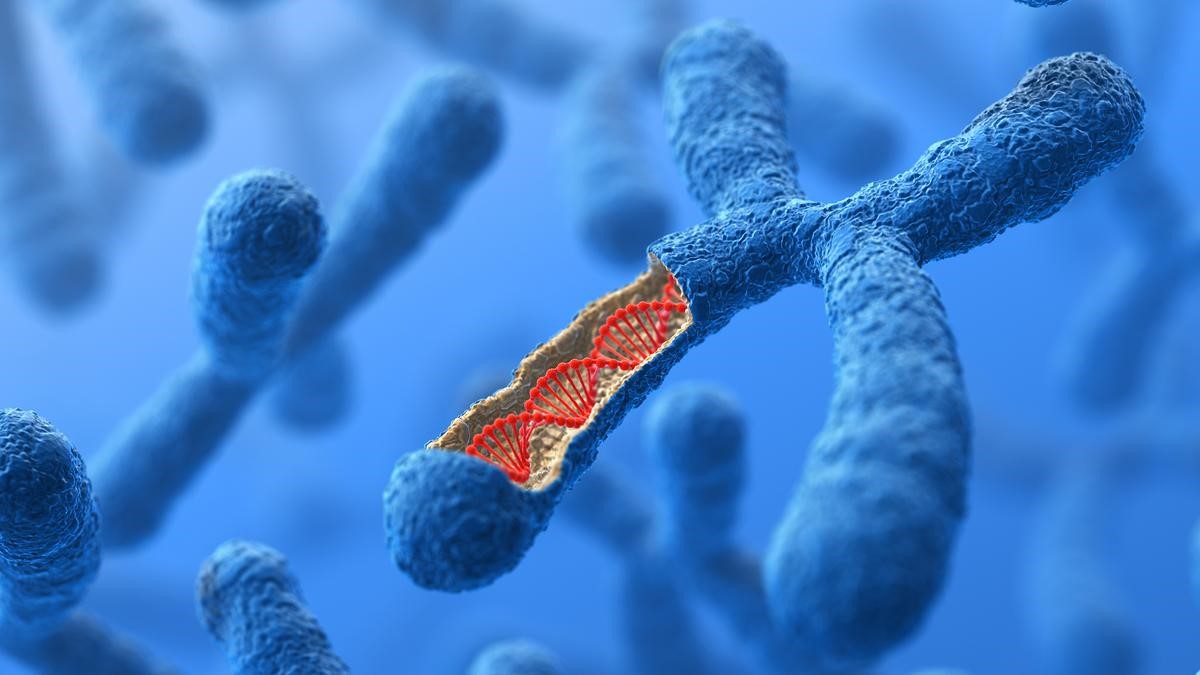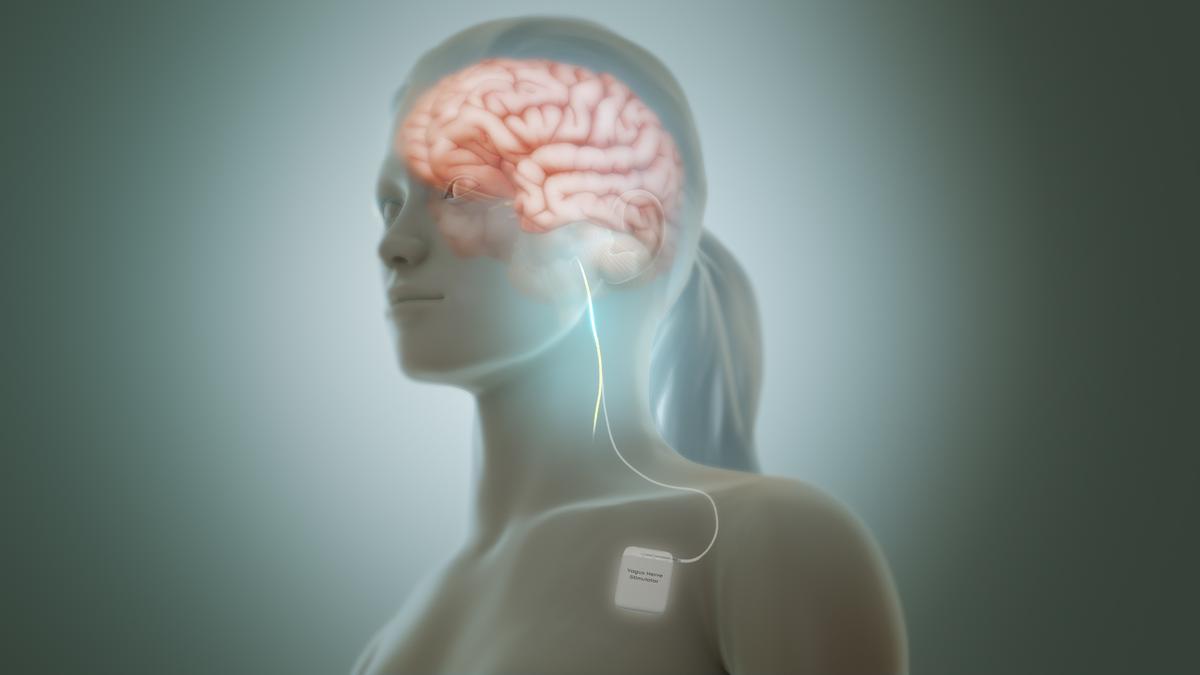Description

Source: Hindu
Disclaimer: Copyright infringement not intended.
Context
- Scientists have found a molecular link between altered X-chromosome inactivation and autoimmune diseases
Details
Recent Research and Clinical Implications
Altered X-Chromosome Inactivation and Autoimmune Diseases
- X-Inactivation Process: Involves epigenetic changes that silence most genes on one X chromosome to prevent overexpression of X-linked genes in females.
- Research Findings: Studies have linked altered X-chromosome inactivation (XCI) to autoimmune diseases. For example, a study showed that perturbing the expression of Xist in female mice reactivated previously inactive genes on the X chromosome, leading to lupus-like symptoms.
Alzheimer’s Disease and the X Chromosome
- Gene USP11: Research suggested that the gene ubiquitin specific peptidase 11 (USP11) on the X chromosome, which escapes X-inactivation, contributes to the accumulation of tau protein in the brain, potentially explaining the higher prevalence of Alzheimer’s in women.
About the X Chromosome
- The X chromosome is one of the two sex chromosomes (the other being the Y chromosome) in humans and many other organisms.
- It plays a crucial role in determining sex, as well as in numerous genetic functions and diseases.
Structure of the X Chromosome
- Basic Characteristics
- The X chromosome is a large chromosome, comprising about 155 million base pairs.
- It contains more than 1,100 genes, which is significantly more than the Y chromosome.
- Genetic Content
- The genes on the X chromosome are involved in various functions, including development, reproduction, and brain function.
- Examples of genes on the X chromosome include the DMD gene (associated with Duchenne muscular dystrophy) and the FMR1 gene (associated with Fragile X syndrome).

Function of the X Chromosome
- Sex Determination
- In humans, females have two X chromosomes (XX), while males have one X and one Y chromosome (XY).
- The presence of the Y chromosome typically determines maleness, while its absence (XX) results in femaleness.
- Gene Expression and Dosage Compensation
- X-inactivation is a process where one of the two X chromosomes in females is randomly inactivated to balance the gene dosage between males and females. This inactivated X chromosome becomes a Barr body.
- Some genes escape X-inactivation and are expressed from both X chromosomes in females.
- Role in Development and Function
- The X chromosome is essential for normal development and function. It carries genes that are vital for various biological processes, including development, immune function, and brain function.
Inheritance Patterns of the X Chromosome
- X-Linked Inheritance
- X-linked recessive inheritance: Disorders are more common in males, who have only one X chromosome. Examples include hemophilia and color blindness.
- X-linked dominant inheritance: Disorders can affect both males and females, but often more severely in males. An example is Rett syndrome.
- X-Inactivation and Mosaicism
- In females, the random inactivation of one X chromosome in each cell leads to mosaicism, where different cells express genes from different X chromosomes.
Disorders Associated with the X Chromosome
- X-Linked Recessive Disorders
- Hemophilia: A disorder affecting blood clotting due to mutations in the F8 or F9 genes.
- Duchenne Muscular Dystrophy: A severe muscle-wasting disease caused by mutations in the DMD gene.
- X-Linked Dominant Disorders
- Rett Syndrome: A neurological disorder caused by mutations in the MECP2 gene, primarily affecting females.
- X-Chromosome Aneuploidies
- Turner Syndrome (45,X): A condition in which a female has only one X chromosome, leading to short stature, infertility, and other health issues.
- Klinefelter Syndrome (47,XXY): A condition in males with an extra X chromosome, leading to infertility, reduced testosterone levels, and other physical traits.
Sources:
Hindu
|
PRACTICE QUESTION
Q. The X chromosome is integral to human biology, influencing sex determination, development, and numerous genetic functions. Comment. (150 Words)
|











